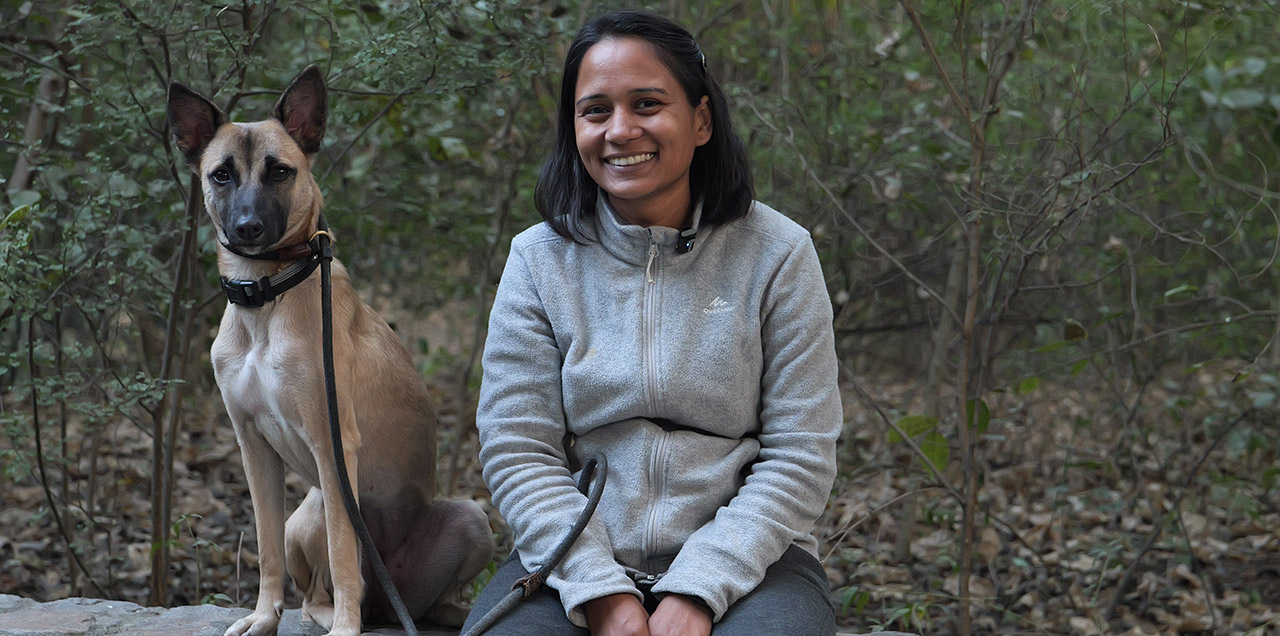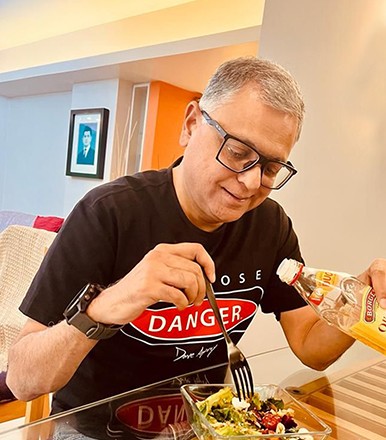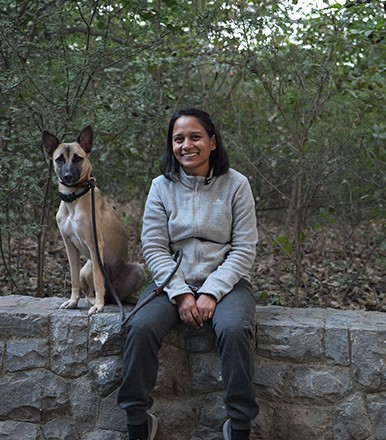Are you a new dog parent or planning to adopt a puppy soon? Then, you certainly cannot afford to look past this article, as it deals with one of the most important components that will decide whether you raise your dog right or not.
Every dog parent knows that feeding, training, and bonding with their dog are their key responsibilities. But amid all of this, socializing takes a back seat. This happens because most people don’t understand its significance in the behavior and emotional health of their dog.
Therefore, to better understand this phenomenon, we interviewed Bhavna Gakhar, a renowned dog behaviorist. During this interview, Bhavna explained how proper socialization creates a calmer, happier dog and ensures that they grow into well-adjusted adult companions. Read on for her expert insights!
What is socialisation?
First things first, before we understand the importance and benefits of socialization for your dog, it becomes important to understand what the word stands for in the first place.
Now, if you go out to dog parks, you might have seen dogs meeting other dogs and even humans. During this meeting, if a dog behaves unruly, some intellect would point out to the dog parent, “Your dog is not socialized!” Which is an incomplete truth and a common misunderstanding of dog socializing.
People believe that socializing a dog involves playing with other dogs or meeting new humans. Bhavna calls this perception of dog socializing incomplete. Socialisation, in her words, “is not just about human to dog or dog to dog interaction; it’s about guiding dogs how to respond appropriately in various situations or circumstances.” For example, a well-socialized dog knows how to react calmly when the doorbell rings or when they encounter a passing bicycle.
Building on her initial statement, she further says that Socialising is a gradual process that requires dog parents to be patient. Teaching your dogs how to react in a new environment or to a new object requires patience, consistency, and practice. You must allow your dogs to explore different stimuli, whether a new surface, unfamiliar sounds, or a strange environment. Meeting other dogs is just one aspect of socialization. But the true essence of it lies in guiding and communicating to a dog how to remain calm, composed, and poised in every situation.
What is the right time to C?
“Every situation is an opportunity to socialize our dog,” claims Bhavna, as she believes that dogs keep learning and encountering new things all their lives. Although the emphasis will always be on teaching them early, some research suggests that young dogs are highly receptive to learning. Just like humans, learning new things and habits in the latter stages of their lives becomes tough.
Hence, from the moment your puppy enters your home, it encounters new stimuli, from people and other animals to different sounds, textures, and environments, and must get acclimatized to them.
Instead of focusing on the right time, Bhavna advises dog parents to be consistent. For instance, “puppies should gradually be introduced to everything from household appliances to outdoor environments like cars, bicycles, or pushchairs.” Simple exposure to family members and other mundane things like household sounds like the doorbell and whistles of pressure cookers can help build confidence in your dog.
Behavioral challenges caused by poor or no socialization
The main idea behind socializing, according to Bhavna, is to “provide your dog with the right tools to understand that new and different things don’t necessarily mean danger, and what are the things that mean danger and how they should react to it.” However, when dogs are not equipped with the right tools at the right time, they can develop the following behaviors:
- Fearfulness: have you seen your dog jumping or freighting at every alien sound it encounters? That phone ringing, vessel falling, or even your infant’s cry can make the canine member of your family cower and retreat. This is a classic sign that your dog is crippled with anxiety and fear of every unfamiliar object. In the long run, it manifests as an unwillingness to approach new environments.
- Reactivity: opposite to fearfulness, your dog might become unruly and aggressive if not socialized to their surroundings. Experts believe that fear is still the root emotion causing this behavior. It is common among under-socialized dogs to show signs of aggression whenever they encounter something stressful.
- Anxious and overstimulated: dogs who are not socialized properly also find it hard when handled, even with care. This is because they have never been taught how to react to the touch or hold of another human. Therefore, such dogs don’t react well to their dog parents or any other human’s friendly gestures like hugging or even touching. They often even tend to give a hard time during grooming sessions, as they perceive the act as a potentially overwhelming personal experience.
How to socialize your dog properly?
According to Bhavna, “every dog parent should know the fundamentals of dog parenting, and psychology should invest time in implying them as well.” With that being said, here are some key methods that every parent should follow:
- Leash guidance: The importance of leash training can never be understated. Bhavna says that every dog should be comfortable walking on a leash; this will guide them in new environments. “It’s not about control but about guiding the dog how to respond calmly and feel confident and safe in his surroundings.”
- Patience: Socialising will take time, so patience automatically becomes the key. One thing that you can’t do as a dog parent is rush through the process. Gradual exposure to the environment is the only way to go. Otherwise, the lack of patience may result in inconsistent training, leaving dogs confused or, worse, anxious.
- Discipline of emotion: As a dog parent, the worst thing you can do is get irritated or frustrated with your dog. Your furry buddies are quick to mirror your emotional state. Hence, if you feel frustrated, they will associate the situation with a negative feeling as well. Remember, “The goal is to nurture calmness, ensuring your dog feels safe and places trust in the humans he is walking next to.”
- Avoid Escapism: Humans tend to run away from challenging situations. As a result, many dog parents try to avoid environments that threaten to trigger a reaction in their dogs. Bhavna advises dog parents not to avoid circumstances that feel like challenges as it will only reinforce fear and mistrust in the dog’s brain the dog’s fear. She advises instead to “face these situations with the dog, allow them to familiarise with new experiences under the leadership of a calm and composed leader.”
In her final words, Bhavna asks dog parents to “choose to socialize your dog out of love, not fear. Always remember you are doing it to make their life easier and more joyful in this human-dominant environment.”
As dog parents, it’s our responsibility to ensure that our furry companions feel safe and loved and thrive in an environment tailored to their needs. By adopting Bhavna’s compassionate approach, we can create happier, healthier lives for our dogs, fostering relationships filled with joy and companionship. Here’s wishing all dog parents and their beloved pups a lifetime of wagging tails and cherished moments!














